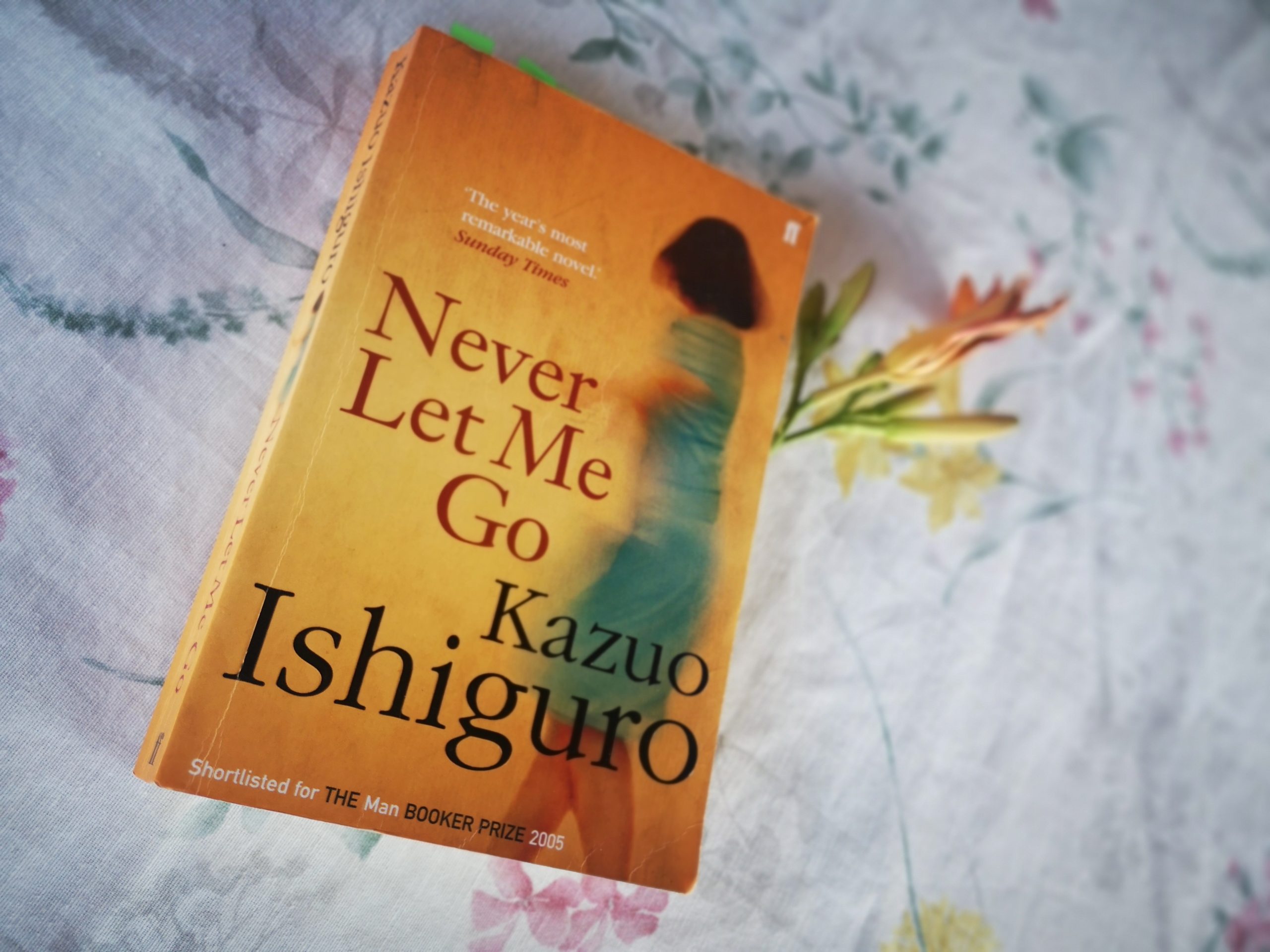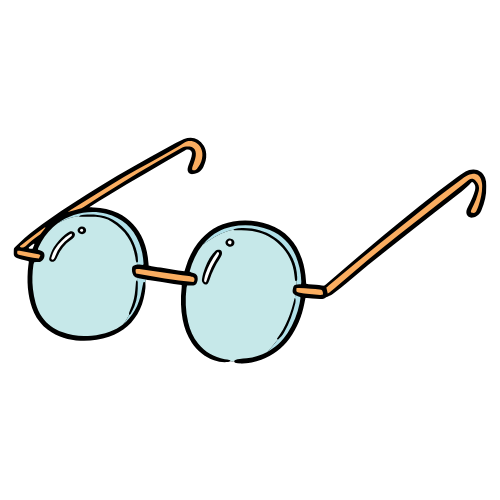Childhood is a mysterious outer realm and only children can live in it. For a long time, I mentally couldn’t break ties with my own childhood. In 2014, leaving places and tumultuous life changes behind, I first read Never Let Me Go. Then, I saw it as an SF love story supported by melancholy tones and with a heartbreaking ending. That was of course before one of my best friends had her first child and way before the child herself grew up a bit. Later, I started having short conversations with her, which for me seemed filled with meaning. It was during those moments that shadowed question marks were starting to arise. Re-reading Kazuo Ishiguro’s novel on the background of the years which had passed and of these yet unformed questions, my understanding of the book shifted. With it, so did the understanding my adult self has of its child self.
The novel is constructed like an SF mystery if we are to assign genre categories. But Ishiguro doesn’t do genre, even though each of his novels seems to gravitate towards a certain story pattern. Kathy, a caregiver in what seems to be special care or recovery centers, tells the story of her life through fragmented pieces of memory. “I might have some of it wrong”, “or maybe I’m remembering it wrong.” Kathy is not afraid to admit. We walk through scenes of memory like looking at photographs, cut off from the context in which they were taken. We understand later, though, that the context was much bigger than young Kathy (and even adult Kathy) could understand or even convey.
Kathy’s memories go back to her childhood at Hailsham, which her story sketches as a protected and exclusive boarding school. Together with other children like her, she plays, learns and lives under the watchful eyes of “guardians”, as the teachers are called. Like is the key word here because, as we learn about halfway through the book, she and the rest of the children are not quite like everyone else. At Hailsham, Kathy befriends Tommy and Ruth, and between the three of them ties are bonded which will never break, even as they abandon themselves to the strict conditions and rules of their special state of existence.
Kathy recounts her life at Hailsham, like a series of photographs capturing the shared joy with her friends, and daily routines of school-life. One class that stands out is their art class, where the students strive to create the best artworks. Certain pieces are selected by “Madame”, an official visiting the school regularly, and who takes them away for “the Gallery.” But that might be just a myth, because, as Kathy tells us, “everyone talked about it as though it existed, though in truth none of us knew for sure that it did.” The children hide this story among themselves and, when one of them speaks out by mistake during class, the embarrassing moment is quickly swept under the rug.
The mythical idea of the Gallery stays with the three friends and, as it will turn out during their adult years, it might just be their salvation. Like all childhood stories, there is proven to be truth to it, but that truth doesn’t grow in parallel to them. It remains in the darkness of childhood and of memory, where all is sacred, and to touch it means to corrupt it. When both Kathy and the reader learn the adult truth about the Gallery, all those photograph-like moments gain a dark shade. Words which the children had spoken or were spoken to them gain new meanings and a strange encounter which Tommy had had with one of the guardians, can finally be seen from the point of view of the grown-up.
Never in those years of moving around, never throughout all those life changes, did it occur to me I was receding from my own childhood. Intellectually I knew, of course, that years had passed and were passing, but my mind lived at a different pace than my body and I just couldn’t understand childhood was long gone. When, at the end of the book, Kathy visits Madame to ask about the Gallery, they both think back to a moment from Kathy’s childhood. Kathy remembers the moment from inside the skin of a child, unable to see herself from the outside. Madame brings her whole knowledge, her whole fight to it: “I saw a little girl, holding to her breast the old kind world, one that she knew in her heart could not remain”. But, of course, Kathy didn’t know that. No child knows that. We as adults just forget that, as children, we had nothing but the present, no past, no future, no context. My friend’s daughter might live in a world out of my grasp, and it might slowly start to dawn on me that I am letting go of childhood. But you, old kind world, you can never let me go.





your thoughts?